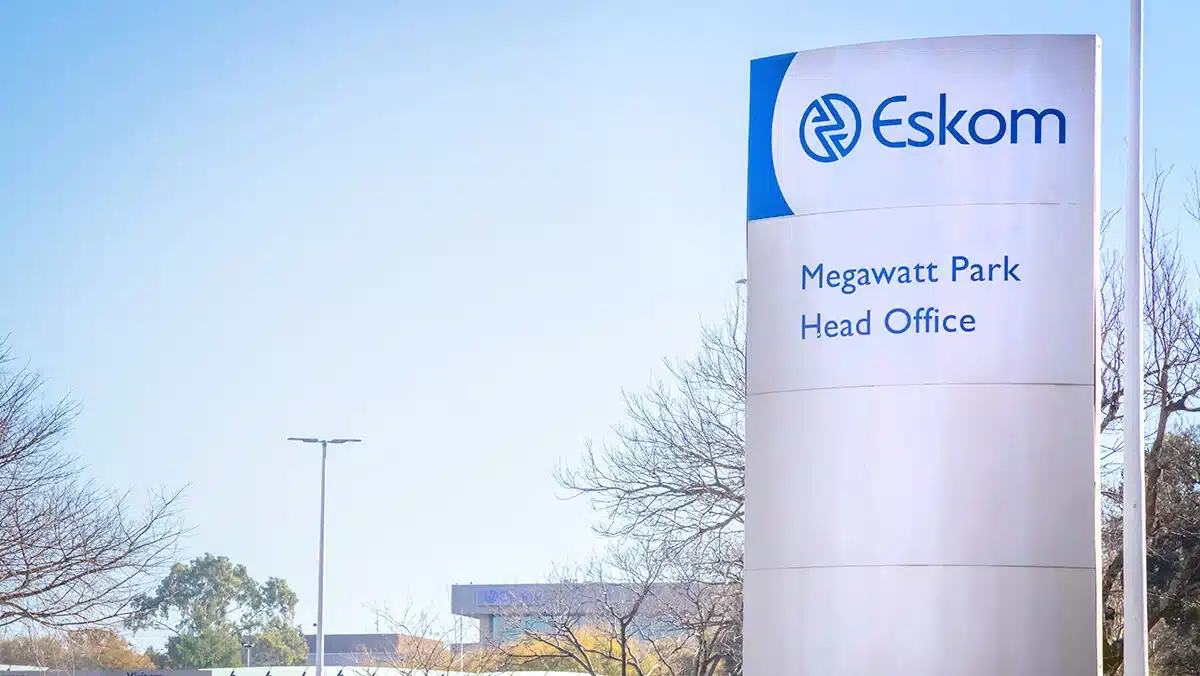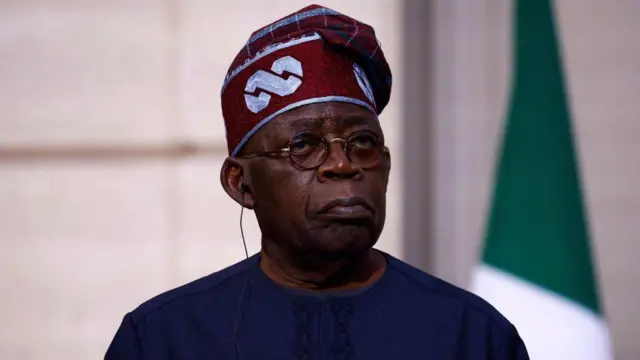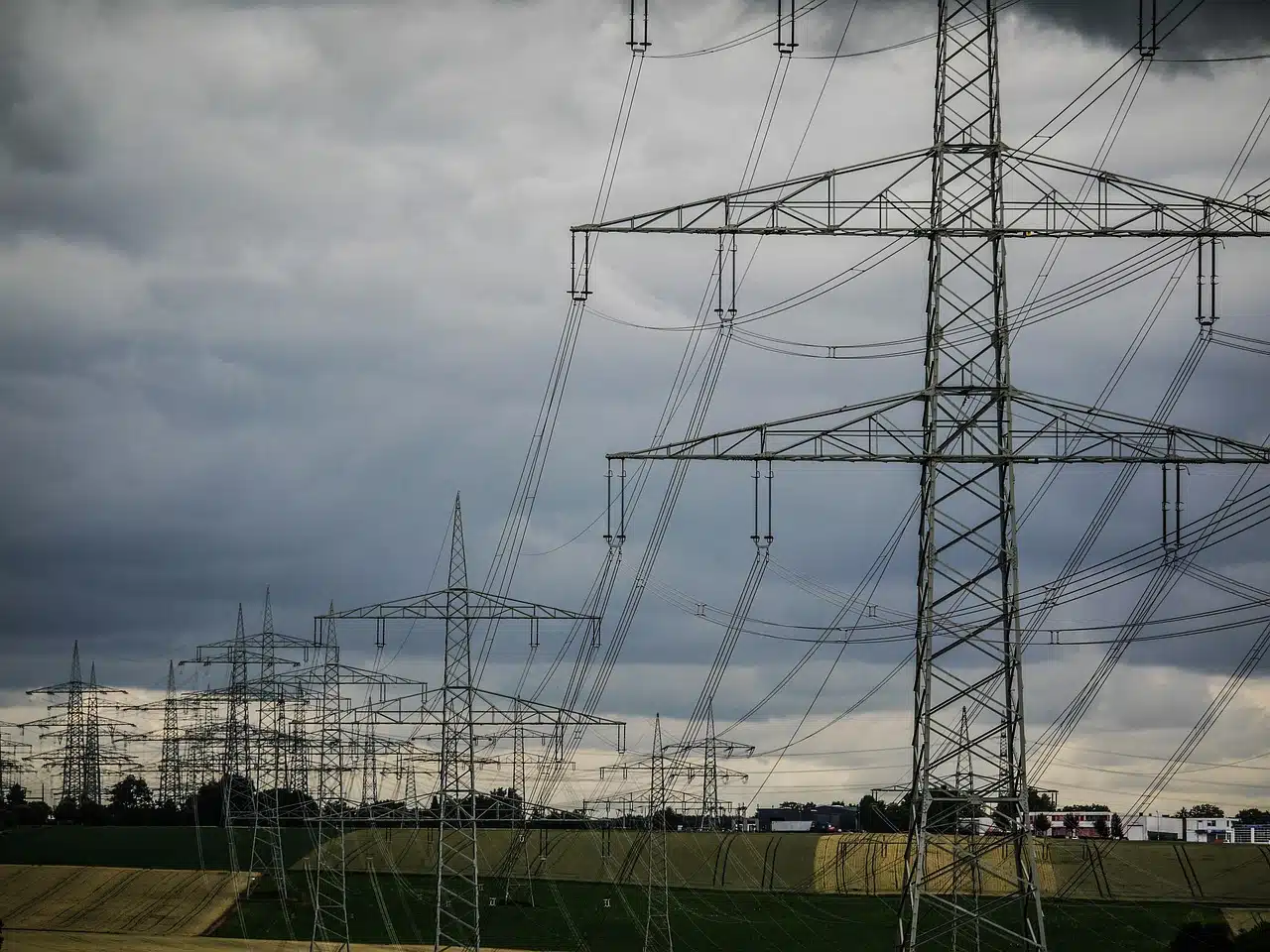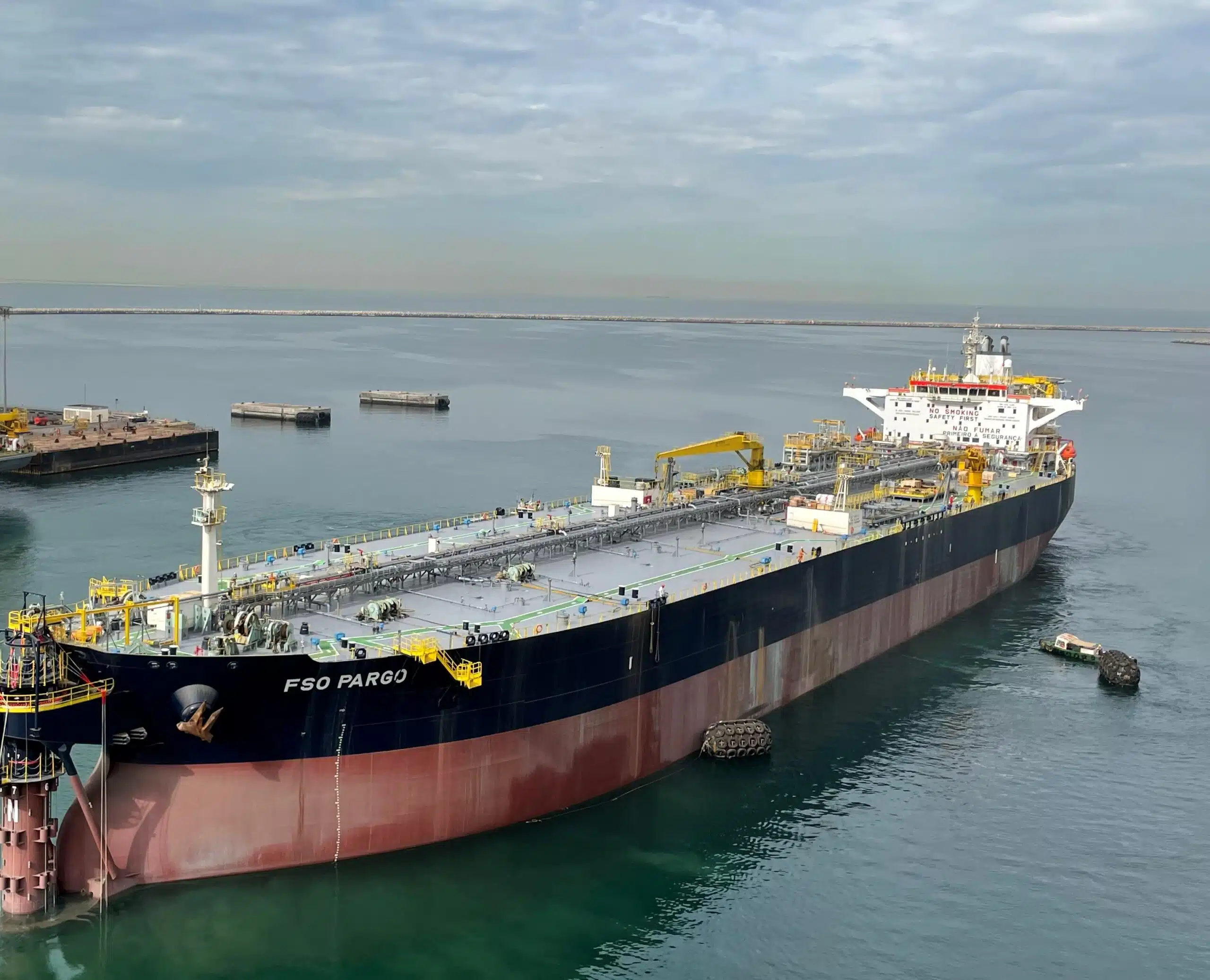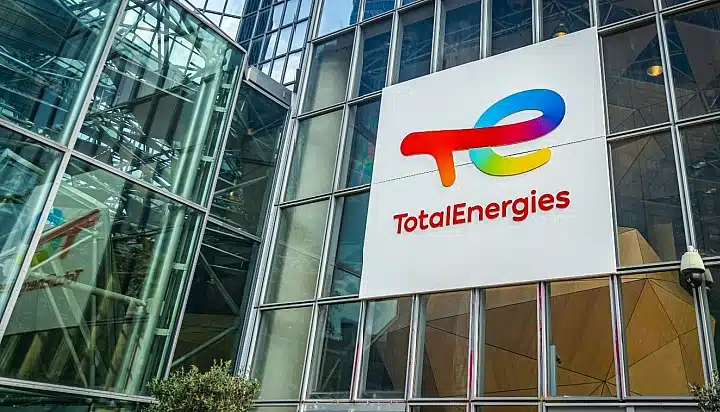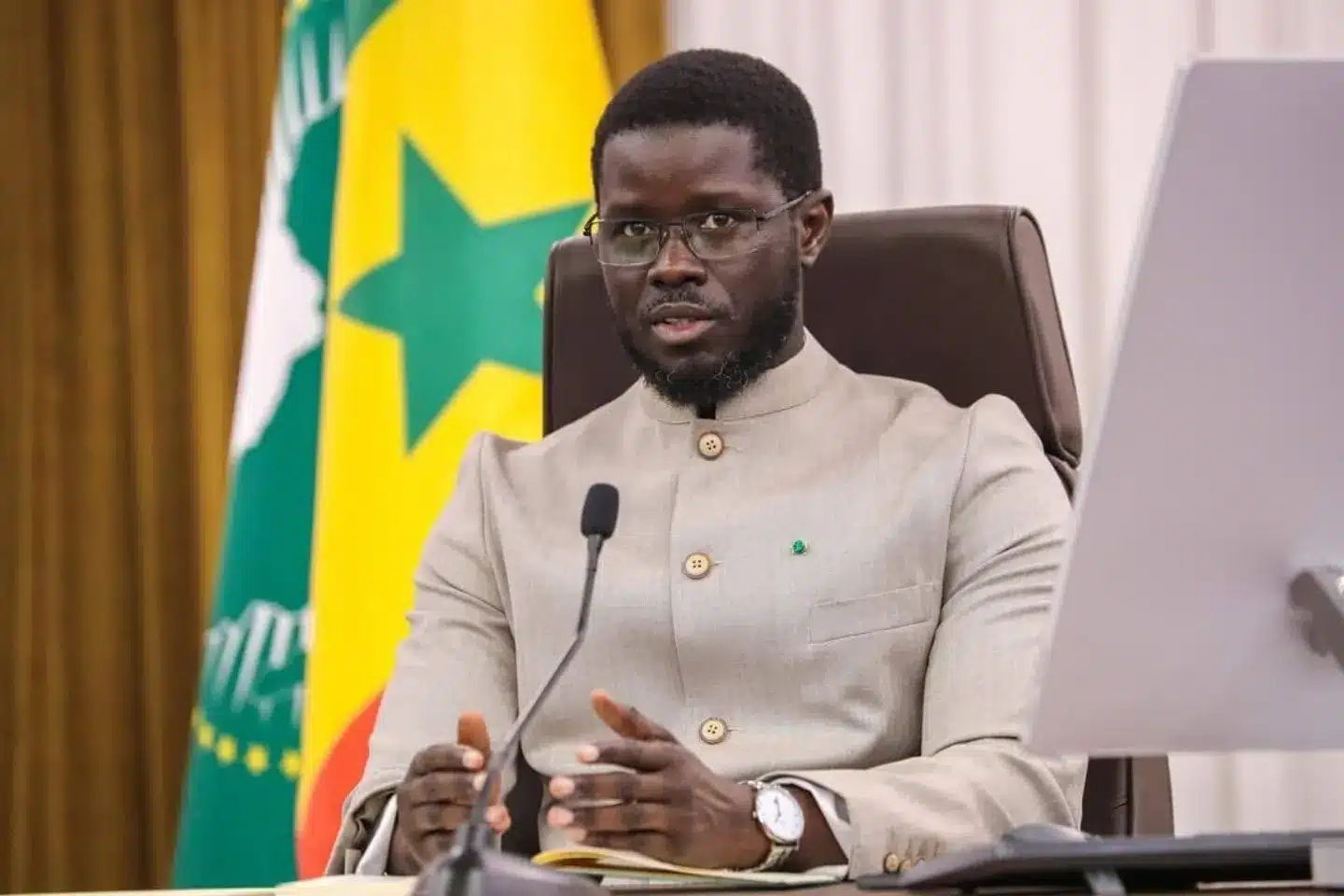Namibia’s government has introduced an electricity subsidy worth N$140 million ($7.9 million) to increase national electricity access from 60% to at least 70% by 2030.
This forms part of the government’s goal of connecting more than 200,000 households to the grid by 2030.
Speaking at the signing of a new round of Service Level Agreements (SLAs) between Namibia’s Ministry of Mines and Energy and the Regional Electricity Distributors (REDs), the ministry’s Executive Director, Ben Nangombe, confirmed the allocation of funds to the implementing entities.
He said the significant resources and funds were being transferred to the different entities for implementation.
“The only way to get there is through purposeful partnership, tight execution, and unrelenting focus. Therefore, we should not ask ourselves if we can do it, but rather how we will do it best. Let us go out and build connections that matter.
“Not just wires and poles, but connections between policy and action, between ambition and reality, between our institutions and the people we serve,” Nangombe told the electricity distributors.
Namibia’s Minister of Industries, Mines and Energy, Natangwe Ithete, said it is a duty to ensure electricity is provided to all people.
“We cannot do without it. Therefore, any part of our country that still lacks electricity should be a concern, not only for those affected or for us as leaders, but for the entire nation,” he said.
This comes as the country looks to diversify its renewable power sources with the 100MW Sores-Gaib solar plant and the Innovent Diaz wind project
Breakdown of funds allocation
The City of Windhoek received the largest single allocation of N$30 million ($1.7 million), building on a similar agreement from last year, which enabled the connection of over 800 homes in peri-urban areas with a N$15 million ($841,000) budget.
Cenored RED was allocated N$20 million ($1.1 million) for new household connections, along with an additional N$16 million ($897,000) for critical infrastructure upgrades at the Tsumkwe and Gam Solar Hybrid Stations.
Erongo RED received for N$20 million ($1.1 million), while Nored secured an allocation of N$30 million (1.7 million).
Oshakati Premier Electric (OPE) joined the programme as a first-time implementing partner, with an allocation of N$7 million ($392,000), marking its entry into the national electrification effort.
In the southern region, AU-OB RED received N$12 million ($672,000), with support coming in both financial and in-kind contributions from local authorities.
Also, the ministry is also entering a new Service Level Agreement with the Environmental Investment Fund (EIF), earmarking N$8 million ($448,000) for the development of a solar mini-grid in Puros village, Kunene region.



